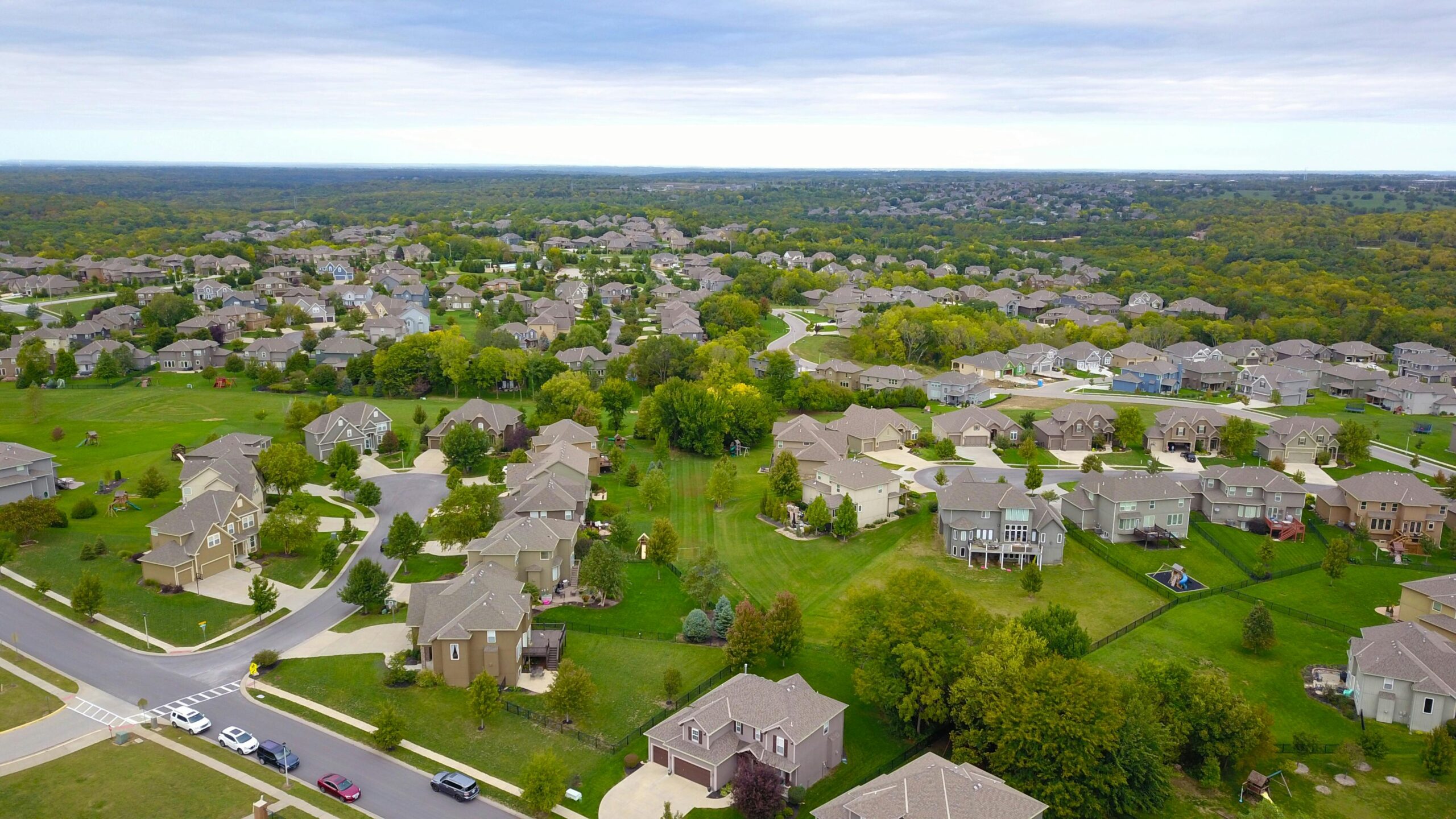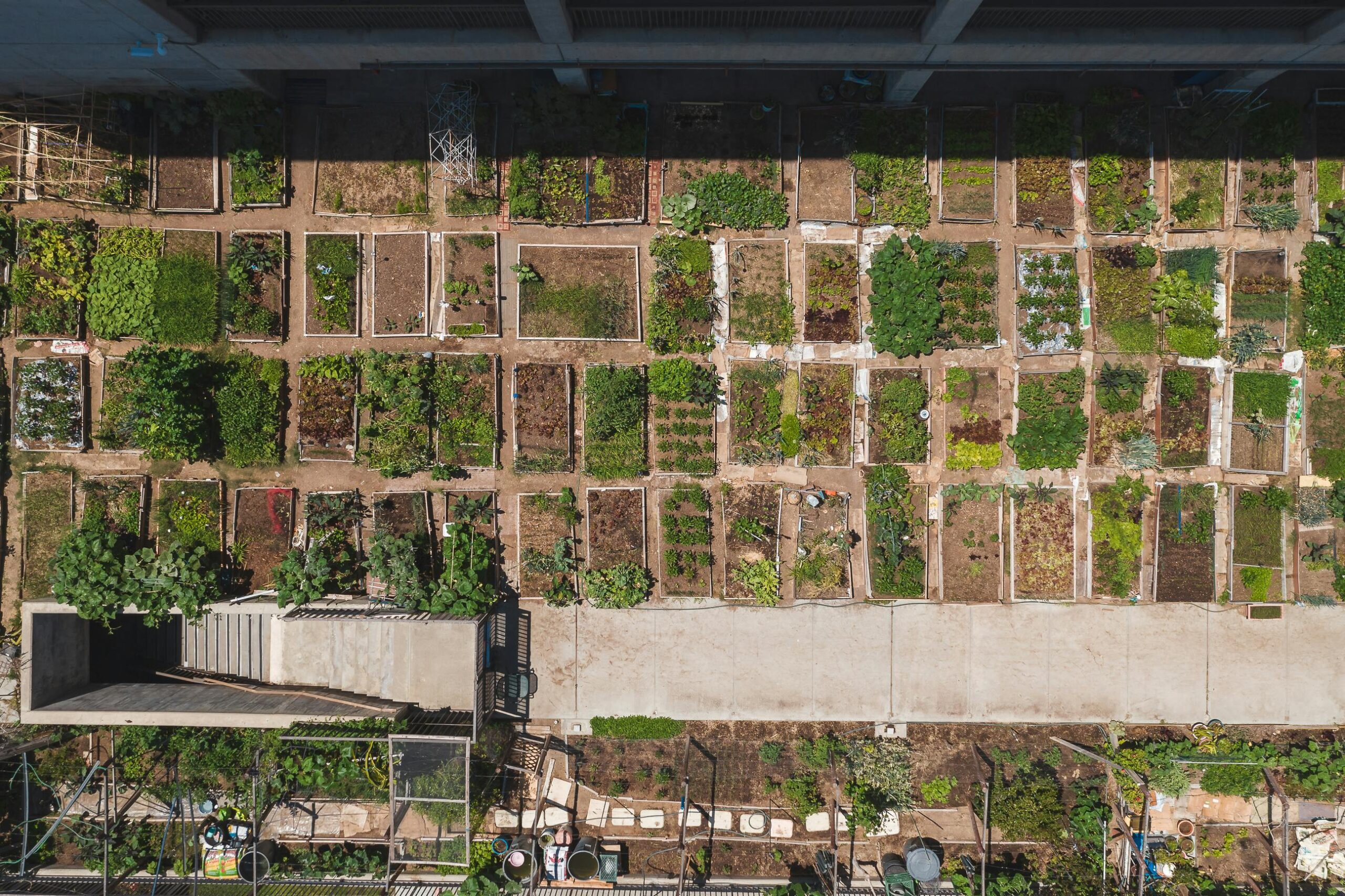
What Is Placemaking?
Whether it’s a city we’ve never visited before or our own home town, there are certain areas that just give us a good feeling. We may not even be able to describe exactly what it is, but we feel safe, welcomed and connected. It’s je ne sais quoi applied to development, if you will. What we are experiencing is often the result of deliberate planning referred to as “placemaking.” What is placemaking? It is defined as intentionally creating public spaces to strengthen community connections among people and the place itself.
Placemaking creates an environment that people can feel good about. It involves deliberately creating a vision for a community that is infused with the culture, history, values, aspirations and needs of the people who live, work and play there. The goal is to make residents feel welcomed and free to engage with others and their surroundings. A sense of belonging and pride is instilled, which then often results in further commitment to community growth.
The Origins of Placemaking
The idea of placemaking has been around since the 1960s. The origins of the concept are rooted in the need to reinvent downtowns and urban areas to be more than just a utilitarian stop for visitors in cars. In 1975, the pioneering public space advocate Fred Kent established the Project for Public Spaces and used the term “placemaking.” The organization continues to this day in promoting the concept of placemaking and states that, “as both an overarching idea and a hands-on approach for improving a neighborhood, city, or region, placemaking inspires people to collectively reimagine and reinvent public spaces as the heart of every community.”
What this quote alludes to is the inclusive and community-driven nature of placemaking. By engaging residents in a collaborative process, the concept facilitates more creative and flexible ideas for how a space should look and what it should accomplish. Rather than being focused on efficiency or driven by cost/benefit analysis, placemaking is centered on the dynamic vision of those who will use the space.
Designing for People
Designing with placemaking in mind is all about people. Streets must be pedestrian and bike friendly and public spaces must be easily accessed. Stores, restaurants and transportation options need to be within walking distance. Relaxation also needs to be taken into consideration, with comfortable benches, chairs and tables available for visitors to take a break and socialize. Green spaces help to make relaxation more enjoyable and inviting. All of the spaces must be designed with accessibility in mind. Ramps, curb cuts and accessible restrooms should blend in with the design and not appear as an afterthought.
Incorporating a Sense of Place
A key component of an interesting place is its uniqueness, and incorporating the character and identity of an area into the design to make visits enjoyable and memorable. It can also instill a sense of pride in residents. Historic buildings or landmarks should be featured as attractions or interesting backdrops. Museums, theaters, cultural festivals and murals highlight the history of an area and the contributions of its residents.
Community Involvement

Placemaking goes well beyond the initial design of typical urban planning. The involvement of the community is often what separates an interesting place from an underwhelming one. Public art such as murals, sculptures and interactive exhibitions can be both entertaining and reflect the local culture and history. Community gardens and outdoor markets lend to the charm and draw visitors, while locally owned businesses add unique flavor and help to build a thriving local economy.
Maintenance and Upkeep
Another facet of placemaking is that it doesn’t end with the completion of the initial design. Upkeep and presentation is important. It may seem obvious that a clean city is an inviting city, but other areas of upkeep are often neglected. Streets and sidewalks need to be well maintained. Paint and exterior finishes must be regularly touched up or replaced. Lighting needs to be in working order and clean. Landscaping has to be presentable and regularly refreshed. All of these items impact both the visitor’s first impression and the resident’s sense of pride.
Placemaking and Multi-Family Housing
City planning and entitlements do play a major role in placemaking, and determining the types of development that will be allowed and where they can be located is important. We recently discussed the role of multi-family housing in creating spaces that are walkable and have higher population density and this idea fits perfectly with the concept of placemaking. A diverse population of residents dining, shopping and enjoying outdoor recreation within walking distance of home goes a long way toward building a sense of community.
Hotels Play As a Gateway
Hotels and hospitality can also contribute to the growth of an area by attracting visitors from outside of an area. An influx of visitors can have a significant positive effect on the local economy. They serve as a gateway to the community for visitors from other areas, which further enhances the diversity of the community. They also often offer amenities and services that enhance the quality of life in a community.
Golf Courses
In past discussions, we commented on the role that golf courses can play in the community. A well-designed course can be a major draw for visitors to a community, with a positive economic benefit. Tournaments and events can provide a major boost for local businesses. Golf courses also serve as an attractive green space for local residents to enjoy. Additionally, they are a sustainable habitat for wildlife.
Recognizing Placemaking in Action
The next time you visit a new locale and immediately notice a sense of pride and connectedness that permeates the atmosphere, you are likely noticing the results of placemaking. Named as a guiding principle or not, the intentional community-driven philosophy of placemaking results in cities and towns that make us feel good. For more information on how Contineo Group can help to realize your placemaking vision, please get in contact!





